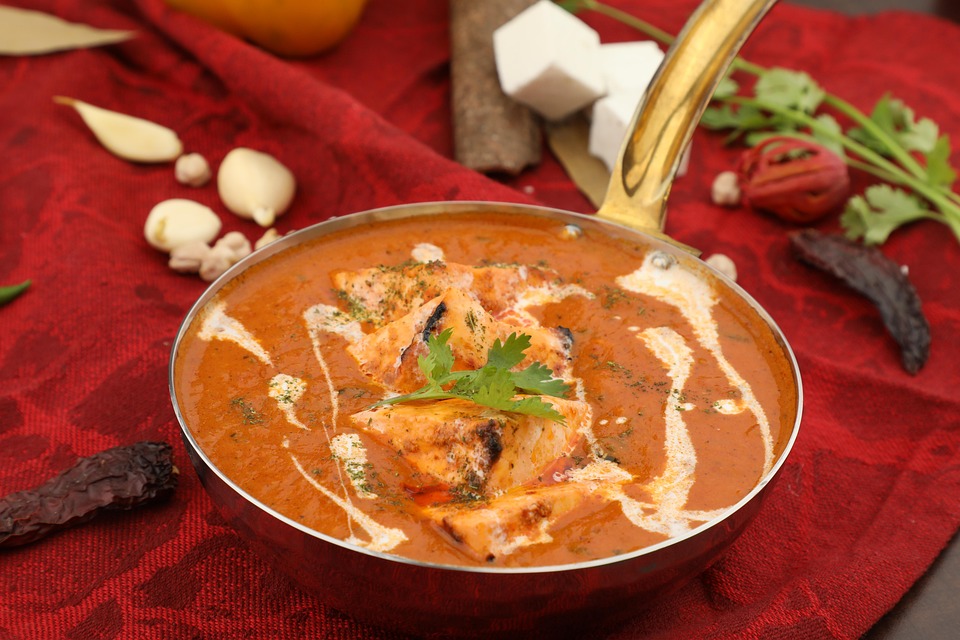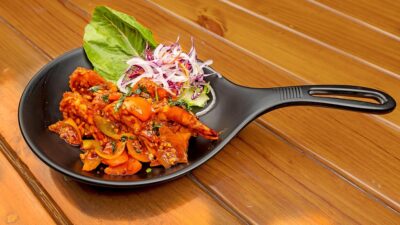In a world increasingly defined by aesthetics—especially on social media—the presentation of food plays a pivotal role in not just restaurant success but also home cooking. Food isn’t just about nourishment; it’s an experience that engages all the senses. To fully capture your food’s personality, one must consider the presentation, color, texture, and even the stories behind the dishes. Here’s how you can serve up style while honoring the essence of what you create.
1. Understanding Your Food’s Personality
Every dish has a unique character. Is it comforting and classic, like a homemade chicken pot pie, or bold and adventurous, like a spicy Caribbean jerk chicken? Understanding the food’s personality is vital. Spend a moment analyzing the flavors and cultural context. This reflection will create a strong foundation for how you present it.
Tip: Create a Mood Board
Collect images that resonate with the flavors and themes of your dish, whether on Pinterest or a physical board. This exercise can spark inspiration for ingredients, colors, and styles.
2. Color Plays an Essential Role
Color can evoke emotions and set the tone of a meal. Think of colorful dishes as a canvas that invites creativity. When plating food, aim for a variety of colors. Use vegetables, sauces, and garnishes to create visual interest. A monochromatic dish can often look dull, while a colorful mix can elevate a meal into a work of art.
Tip: Complement Food with Vibrant Accents
Utilize garnishes like fresh herbs, edible flowers, or colorful sauces. A sprinkle of bright microgreens or a drizzle of vibrant sauce can transform an ordinary dish into something extraordinary.
3. Texture Matters
The textural diversity of food can enhance the overall eating experience. Pair creamy sauces with crunchy toppings, or combine soft, roasted vegetables with a crispy herb salad. Consider the textures visually as well. A smooth puree elegantly swirled on the plate looks beautiful next to chunky, roasted elements.
Tip: Play with Different Elements
Mix creamy, crunchy, and chewy textures. For instance, serve a creamy risotto topped with crispy bacon or fried shallots. The interplay of textures will excite both the palate and the eyes.
4. Choose the Right Serving Ware
The vessel you choose can influence how a dish is perceived. Modern trends are gravitating towards unique serving options, such as wooden boards, slate tiles, or vintage crockery, which can infuse personality into your presentation. Select serveware that complements the dish’s character.
Tip: Invest in Versatile Plates
Classic white plates are timeless, but don’t shy away from patterned or colorful options that match the dish’s vibe. For instance, vibrant dishes may pop against a simple dark plate.
5. Tell a Story
Every dish typically has a backstory, whether it is rooted in cultural traditions, personal memories, or seasonal inspiration. Share this story through your presentation. For example, if you’re serving a traditional Italian pasta dish, include elements that highlight its origin, such as a rustic Italian tablecloth or ingredients that represent the region.
Tip: Serve with a Theme
Create presentations around seasonal holidays or personal experiences. Thanksgiving dishes can be served with fall decorations, or a summer salad could be served on a picnic blanket.
6. Mindful Arrangement
The arrangement of food on a plate can influence perception. Instead of heaping some food into the center, think more like an artist. Use negative space intentionally to draw attention to specific parts of the dish. Swirls, dots, and stacks can turn a simple meal into a masterpiece.
Tip: Practice the Rule of Thirds
Arrange main components along imaginary lines dividing the plate into thirds, creating balance and allowing each element to shine equally.
7. Incorporate Seasonal Ingredients
Seasonality can inform not just the flavor profile but also how you style the dish. Incorporating seasonal ingredients results in fresher flavors and aesthetically pleasing presentations.
Tip: Harvest Inspiration
Visit farmers’ markets for fresh produce to guide the theme of your dish. Express the vibrancy of the season visually by incorporating local, seasonal elements.
Conclusion: Elevating the Dining Experience
Capturing your food’s personality is every bit an art as it is a science. By understanding flavor, utilizing color, arranging thoughtfully, and telling your dish’s story, you can create presentations that not only feed the body but also nourish the soul. Whether you’re a home cook or a seasoned chef, the way you serve your food can transform a meal into a memorable experience that resonates long after the last bite. So, roll up your sleeves, unleash your creativity, and let your food’s personality shine!



